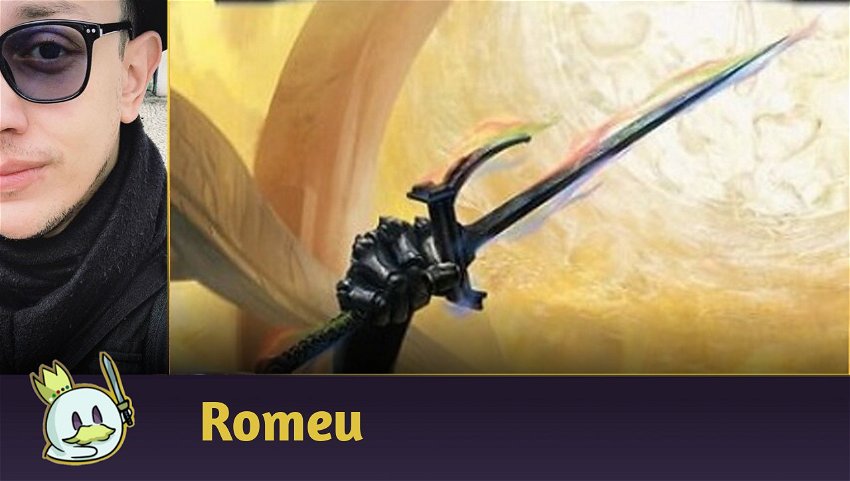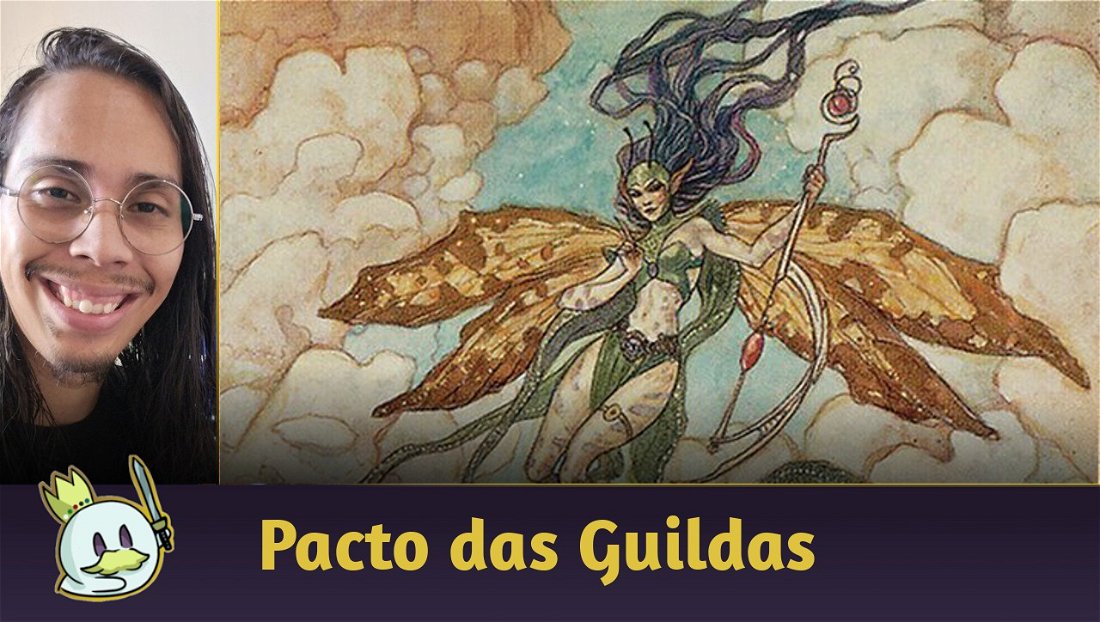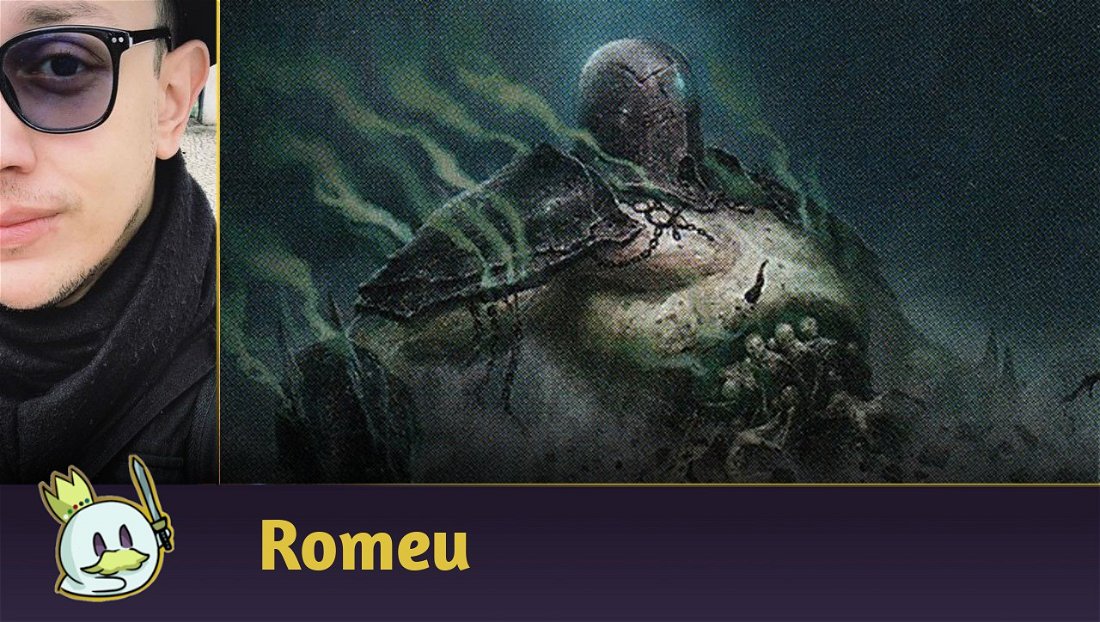Previews of Magic's 100th expansion, Outlaws of Thunder Junction, and its list of special cards, The Big Score
, have finally come to an end. And with them, we begin our set review season for the main competitive formats.
In this article, we focus on the ten best cards from the new set for Modern, based on the uniqueness of their effects and the possibility of appearing in the main competitive archetypes, or even on their potential to revive and/or create new strategies in the Metagame!
Ad
The Ten Best Outlaws of Thunder Junction Cards for Modern
10 - Jace Reawakened

Jace's new variant received some hype due to its interaction with Adventures or double-faced cards like Valki, God of Lies, where we can use its ability to exile a card from our hand and cast it the next turn without paying its mana cost, allowing it to play Tibalt, Cosmic Impostor sooner than it should.
However, the new Planeswalker comes with a very specific restriction that doesn't allow us to play it before the fourth turn, making it too slow by Modern's mana cost cheating standards, as well as not interacting well with Cascade spells as he costs two mana, making it impossible for us to replace Violent Outburst with it to give greater consistency to our game plan - but Jace's potential to create new strategies or for players to find ways to use him remains, and therefore, it earns a place on our list.
9 - Simulacrum Synthesizer

Simulacrum Synthesizer is a good card to build some value around, especially in a format with access to some of the best Affinity cards in the game, like Thought Monitor and Frogmite, but it doesn't offer much beyond what the archetype already proposes.
If, one day, we have access to efficient “Sol Lands” or even the unbanning of the original cycle of artifact lands, perhaps this new card will have a place in the competitive scene - but today, it not only looks win-more, it also does very little on its own on an archetype which hasn't wanted high-cost spells in its lists.
8 - Duelist of the Mind

Duelist of the Mind turns any interaction with the opponent into looting, helping to filter its controller's hand while growing as a threat with each cantrip cast in the turn.
In Modern, Nathan Steuer's world champion card competes with Ledger Shredder in archetypes like Izzet Murktide, and the fact that he doesn't grow in toughnessand the format's Metagame is currently ruled by Scion of Draco and Orcish Bowmasters, in addition to not dodging Lightning Bolt, make him much more vulnerable and should significantly reduce his space in the Metagame.
In the end, Duelist of the Mind most likely belongs on Pioneer, not Modern, but might be worth trying a few weeks in Murktide.
7 - Slickshot Show-Off

There was a time, pre-Modern Horizons II, where Mono Red Blitz with Soul-Scar Mage, Monastery Swiftspear and Kiln Fiend alongside Manamorphose, Lava Dart, Mutagenic Growth and other spells was a thing and made some consistent results.
Years later, the “Blitz” variants became the current Prowess decks, today in Temur colors with Questing Druid, Dragon's Rage Channeler and Underworld Breach, with a mix of speed and resilience where previous variants were more explosive.
Slickshot Show-Off seems more viable in the earlier shells, where its temporary increase in power, evasion, and haste make a big difference in setting up sudden victories while its body thankfully dodges Orcish Bowmasters.
Ad
It also wouldn't be a surprise if it could also be played alongside Sprite Dragon in the Izzet variants, if these demand more explosive turns in non-interactive Metagames.
6 - Smuggler’s Surprise

Smuggler’s Surprise is a new take on cards like Dramatic Entrance or Tooth and Nail. Both never had much of a presence in Modern, and Surprise would follow the same path if it weren't for its flexibility.
For 

5 - High Noon

High Noon is a Rule of Law with an appropriate cost and no restrictions that would limit its use against Shardless Agent or other Cascade enablers, as occurred with Ethersworn Canonist or Deafening Silence, in addition to being in a type which wouldn't hinder its inclusion in archetypes of which cannot run Chalice of the Void for specific reasons, such as Indomitable Creativity variants, or on Enchantress decks.
Despite being a banlist late, its inclusion goes a long way toward keeping Cascade decks or even Storm archetypes in check, and its Lava Axe ability could have some use in the right archetypes, as well as offering a way to get rid of the enchantment whenever necessary.
4 - Sword of Wealth and Power

The newest addition to the Swords cycle brings an innovative take: protection against card types instead of colors with Sword of Wealth and Power, which covers instants and sorceries - or, for practical purposes, protection against any removal that is not called Solitude or Leyline Binding.
Its “on hit” abilities are less impressive than those of Sword of Fire and Ice - the only one from the cycle still played in Modern- and Sword of Feast and Famine, but it can double the value of any spell cast by its controller, being especially lethal alongside Tribal Flames or Lightning Bolt to expand its damage scope, but with the concession of offering no means of protecting the equipped creature from blockers.
It certainly doesn't seem to fit so well into Hammer Time, the main Stoneforge Mystic archetype today, but it adds to the range of options for other strategies from which, at some point, can opt for an equipment package similar to the old Stoneblade.
3 - Pest Control

Cards like Engineered Explosives and Ratchet Bomb have seen or continue to see play in Modern due to the high density of low-cost threats or cheap permanents that must be dealt with in the format - Pest Control fits the same mold, it costs less to deal with permanents with a mana value of one and also becomes more comprehensive in dealing with different mana values, but it cannot grow in the same way as its predecessors.
Ad
The 
2 - Lost Jitte

Lost Jitte is not the famous and banned Umezawa’s Jitte, but it has its advantages which could make it a potential Modern staple.
The first is its cast and equip cost. For one mana, the new Jitte can be found by Urza’s Saga, in addition to being easier to chain with Stoneforge Mystic and activate one of its abilities in the same turn.
The abilities, however, are less versatile than those of its predecessor, but effects such as dodging blockers can make a huge difference in decks like Hammer Time, or even in other archetypes where Urza's Saga is widely played such as Hardened Scales or Jund Saga.
The direct comparison with it in the format has been with Shadowspear, where both have different qualities depending on what matchup we are facing, with Shadowspear being more efficient against aggressive decks with many blockers while Lost Jitte offers a greater range of uses during the game, with its biggest advantage being the possibility of untapping lands, where we can reuse Urza's Saga to create another construct or even untap Minamo, School at Water's Edge to activate The One Ring once more.
1 - Harvester of Misery

Harvester of Misery adds a lot of value as a removal and sweeper against small threats if reanimated or cast, making it an ideal addition to Living End to deal with certain hate cards, such as Dauthi Voidwalker and Lavinia, Azorius Renegade or must-answer threats such as Ragavan, Nimble Pilferer, Stoneforge Mystic or even Grief if it wasn't reanimated with Not Dead After All.
Its scope seems small and this may give it fewer Maindeck slots, but an activated ability that interacts with the battlefield and an ETB effect to clean the board from small threats the opponent can bring back after a Living End certainly guarantees it a space in the archetype and, perhaps, even in other decks if “go wide” strategies eventually returns to the format.
Honorable Mention: Satoru, the Infiltrator

As pointed out by reddit users, Satoru, the Infiltrator has a powerful interaction alongside elementals with Evoke and Blink effects like Ephemerate or reanimation, like Not Dead After All and Goryo's Vengeance.
He certainly looks like one of the best creatures in the expansion and one of the cards with the most potential for the competitive Metagame.
Conclusion
That's all for today.
If you have any questions or suggestions, feel free to leave a comment!
Thanks for reading!










— Comments0
Be the first to comment